This infographic discusses how the expansion of offshore wind in the North Sea will drive the HVDC market in Europe.
HVDC as the Backbone of Offshore Wind Expansion in the North Sea
Key Trends in the HVDC Market
Offshore wind will drive HVDC deployment in the North Sea, with the UK, Germany, and the Netherlands leading the way, supported by the EU’s target of 60 GW of offshore wind by 2030. Collaborative efforts under the North Sea Energy Cooperation aim for a combined capacity of 120 GW by the same year.
Integrating North Sea Offshore Wind into Europe’s Grid
The UK, Germany, and the Netherlands to Drive Offshore Wind HVDC Expansion in the North Sea
Leading countries in North Sea w.r.t offshore
wind adoption by 2030
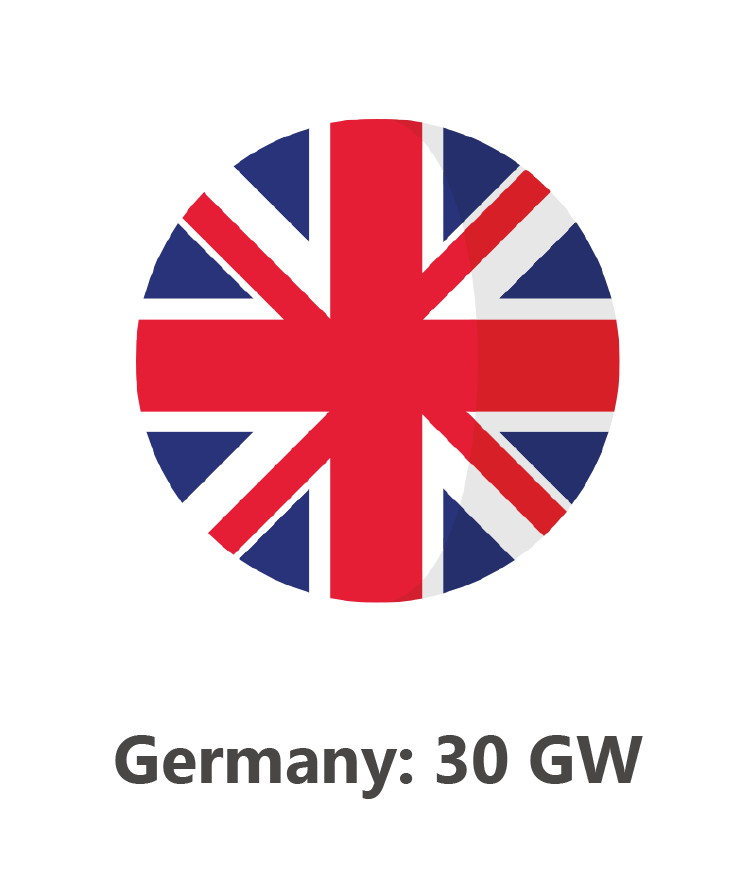
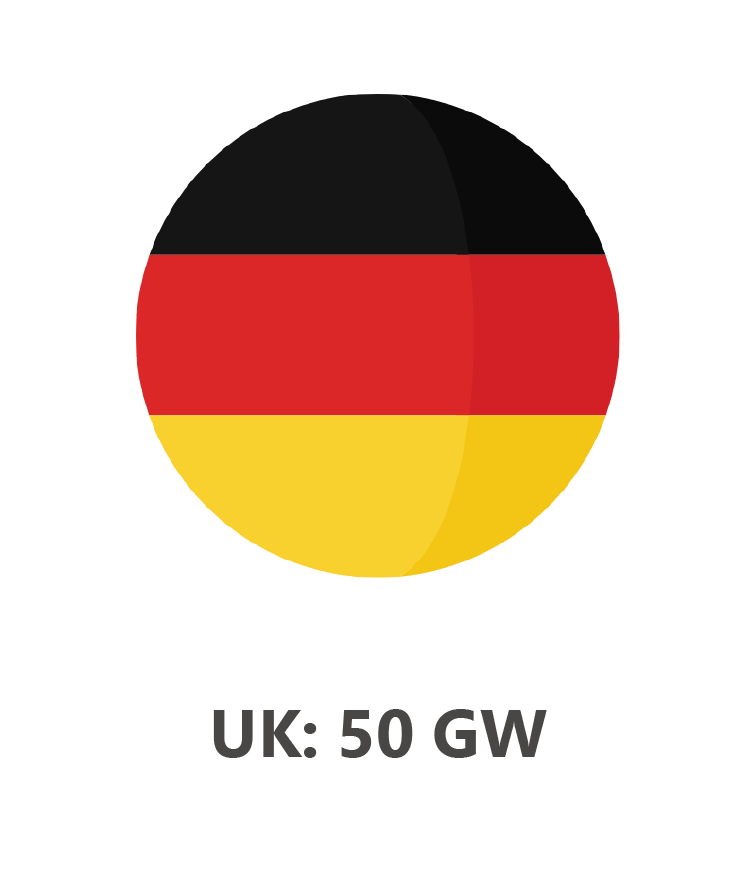
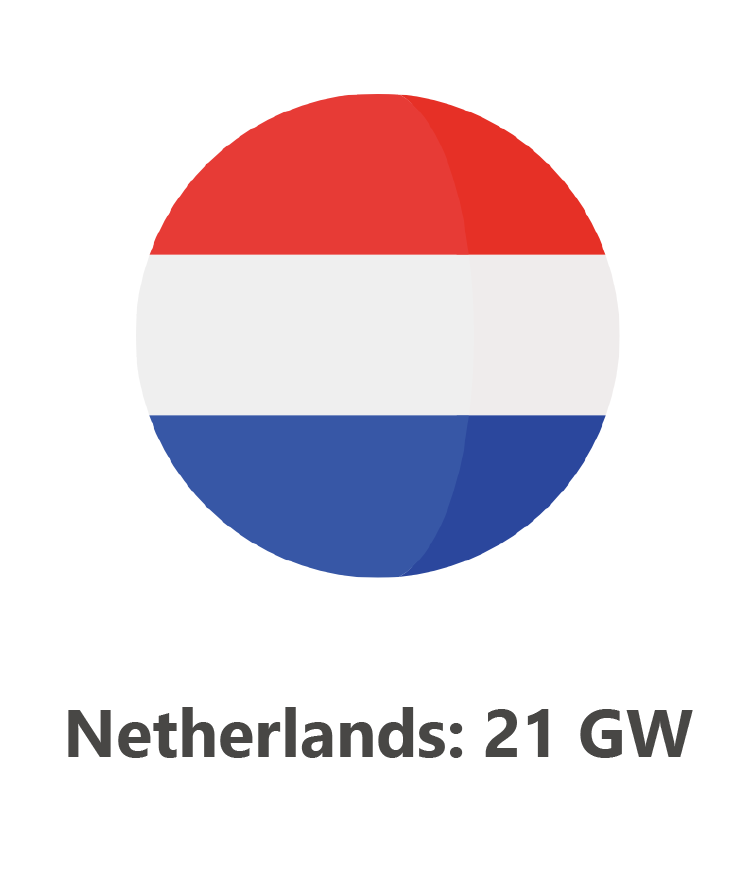
Factors Driving Increasing Investment in Offshore Wind Transmission through HVDC in the North Sea
- The European Union targeted 60 gigawatts (GW) of offshore wind capacity by 2030.
- The North Sea Energy Cooperation (NSEC) countries have ambitious goals. By 2030, they want to have a combined capacity of 120 GW of offshore wind.
- Synergy between offshore oil and gas extraction and HVDC technology in Europe facilitates efficient energy transmission from remote offshore sites to onshore grids. The massive Dogger Bank project in the North Sea is already reaping the rewards of its alignment with the offshore oil supply chain.
- Hitachi Energy has recently unveiled a USD 14 billion (EUR 13 billion) deal with TenneT to enhance offshore wind capacity in the North Sea.
- Offshore wind HVDC interconnection’s typical generation capacity is reaching 2GW, a standard set by TenneT for its planned projects in Germany and the Netherlands.
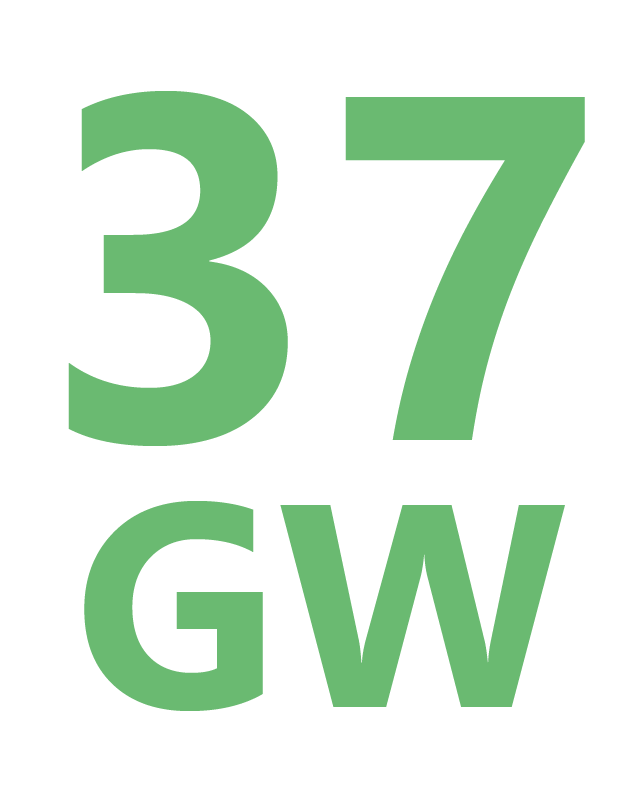
Announced HVDC Offshore Wind
Projects in the North Sea by 2030
Major Pipeline Offshore Wind Projects in the North Sea by 2030
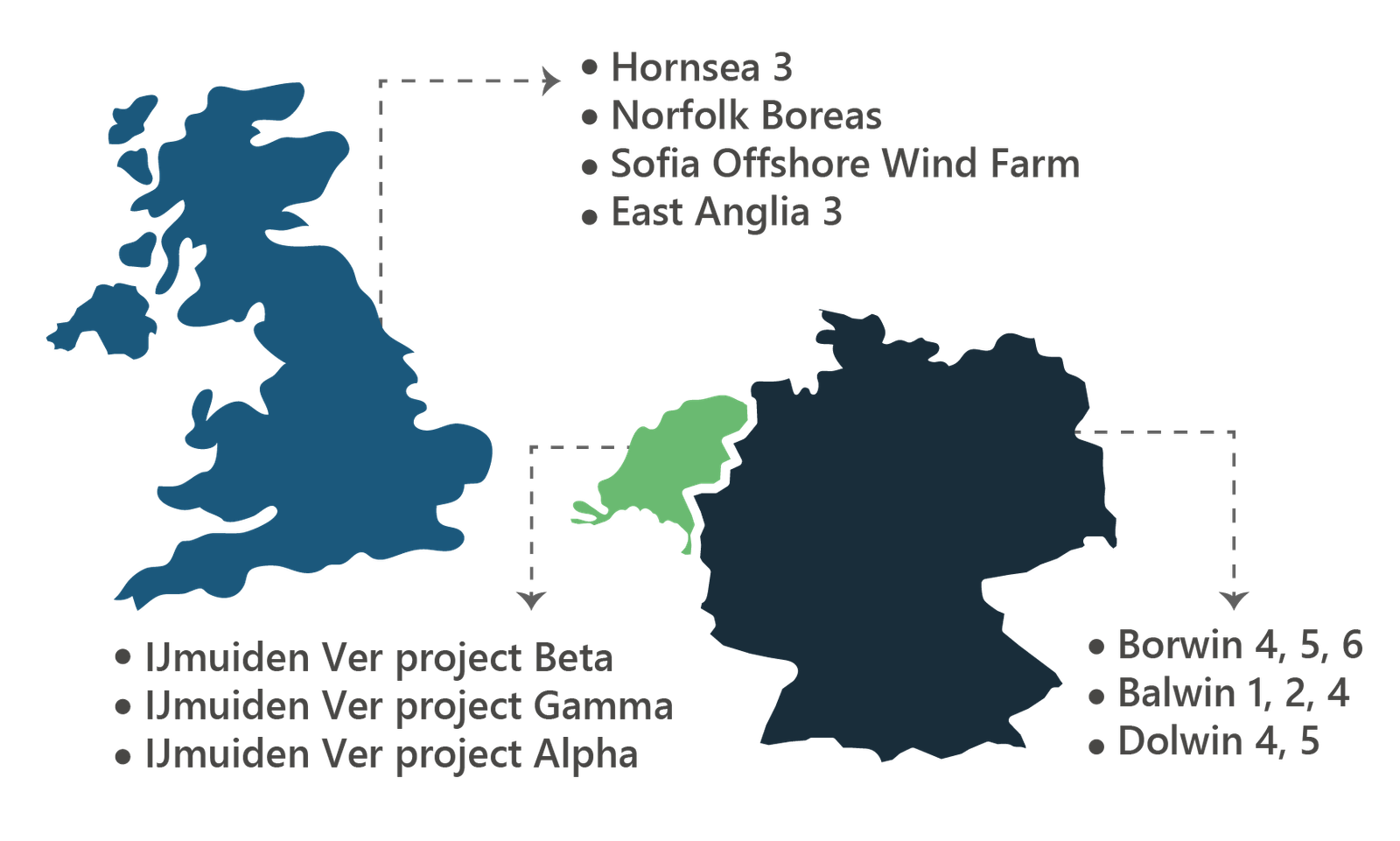
High Voltage Direct Current Service Overview
The research presented in this article is from PTR's High Voltage Direct Current market research. For information about this service please submit a request shown below.
Europe: +49-89-12250950
Americas: +1 408-604-0522
Japan: +81-80-7808-1378
GCC/Rest of APAC: +971-58-1602441
More About our: High Voltage Direct Current Service
Recent Insights
HVDC in EMEA: Navigating Affordability and Technology Advancement in Africa and the Middle East
The HVDC market has gained traction due to the expansion of renewable energy resources across the globe. In recent years, significant growth in offshore renewables has been witnessed in the EMEA region, particularly Europe. Climate neutrality goals set by nations and...
Powering Up the UK: 25 GW of HVDC Transmission Capacity by 2030
The HVDC global market has gained traction due to the expansion of renewable energy resources across the globe. In Europe, the increasing number of HVDC interconnections are mainly due to offshore wind expansion and the regulations in existence, such as the EU's...
North American HVDC Market (2017–2021)
The HVDC market has gained a lot traction due to the expansion of renewable energy resources across the globe. In the last decade, a significant growth in onshore renewables has been witnessed in North America. To evacuate this energy from generation centres, HVDC has...
Developments in the HVDC market in 2020
The imposition of global lockdowns to curtail the spread of pandemic in 2020 significantly reduced the electricity demand. According to International Energy Agency (IEA), electricity demand dropped 2% making it the largest drop in demand in the last 50 years and far...
Texas Power Grid Failure: Timeline of Events & Possible Grid Changes Ahead
The recent Texas power failure has exposed the vulnerability of not just conventional power generation but renewable generation to frigid temperatures.
Changed Energy Outlook following Georgia Run Off
President Elect Joe Biden is set to take oath on 20th January,2021, and although his win was confirmed on January 6th, the senate’s control was undecided until the recent victory of Senator Jon Ossof and Senator Raphael Warnock, both Democrats, in the Georgia run-off elections.
Climate worries pushing manufacturers away from Coal
Globally there is a growing consensus to move towards less carbon intensive power generation in a bid to tackle pollution and environmental concerns. This consensus is reflected in the decline[SS1] [KM2] of coal consumption in 2019, although there are disparities...







